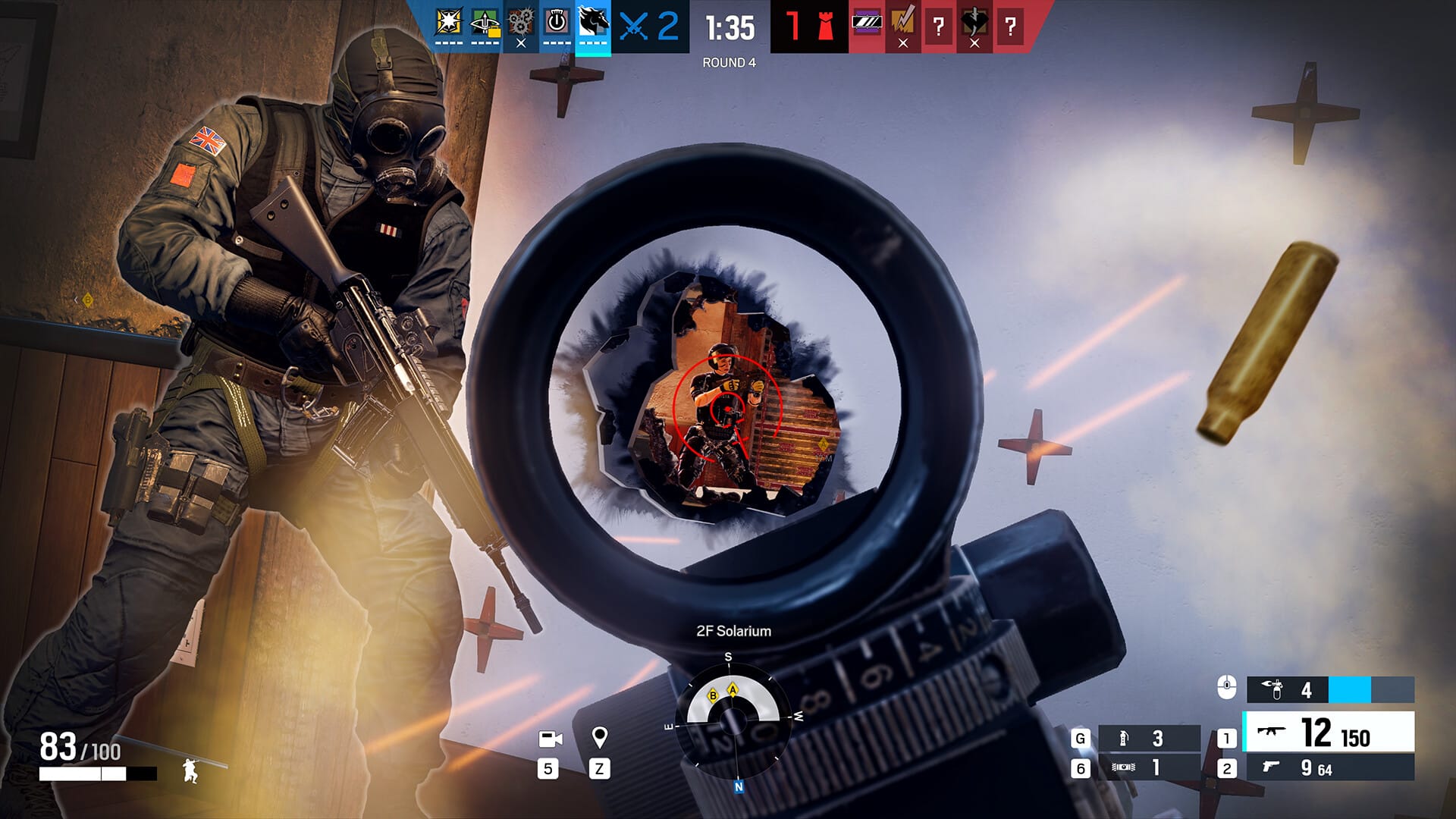When is a sequel not a sequel?
With CS2, Siege X and Hunt: Showdown 1886, live service games are having an identity crisis
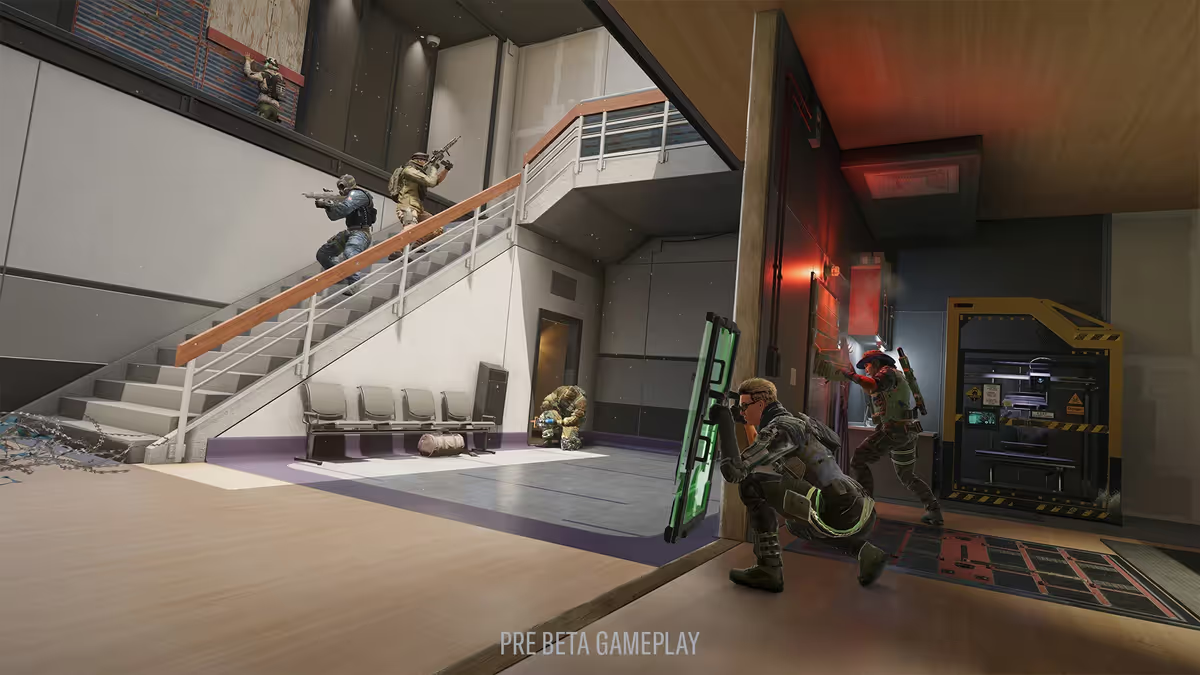
First, a confession. I haven't sent a newsletter in a couple of weeks, sorry. Frankly, my mental health has been a bit shit and with a trip to Tokyo and then GDC I just needed a bit of time to get my head straight. I wrote a newsletter, but it didn't feel like it hit the quality bar and I didn't have time to polish it up, so I just didn't send it. You might see it live on later, but I'll never tell which one it was.
Thanks for your patience, either way. I enjoy the newsletter, so it's a pleasure to send it out. I'm writing this on the slow journey home from GDC accompanied by the slow descent into madness that always emerges when you fly nearly an entire day around the world. GDC itself was great and it was nice to talk to some of the executives and developers that keep the games industry spinning. A real highlight was catching up with my friend George Osborn, who distilled everything he learnt into a newsletter. I'd recommend it, he's smarter than I am.
This week, I want to write about Rainbow Six Siege and its forthcoming reinvention: Rainbow Six Siege X. Siege X, Ubisoft is at pains to point out, isn't a sequel, and is instead a continuation. But I think that's nonsense, and as Siege turns 10, it speaks to the problem game studios are having around branding their live service titles.
I've played 1360 hours of Rainbow Six Siege over its last 10 years. In those early days it was a constant in most evenings, but I don't play much anymore. This isn't Siege's fault: the mechanically complex multiplayer shooter was always going to be the poster child for complexity creep, as the game started out as a tight round-based shooter with laser focus that has slowly but surely widened over time.
Add 10 years of new characters, weapons, maps and other things have turned into a fractal of counters and counter-counters, with Siege's trademark destruction coming together to make 4D chess. Then, of course, I got old. Clicking heads is harder than it used to be, and finding time to sink into a multiplayer shooter is harder still.
Siege X is not a fresh start, but it is being billed as a reinvention. Previous operators, maps and weapons are all present and correct, but the underlying systems behind the game are being tweaked and changed. The closest touchstone I can think of is Counter-Strike: Global Offensive's reinvention as Counter-Strike 2, which was also a pseudo-sequel but much more at ease with its identity.
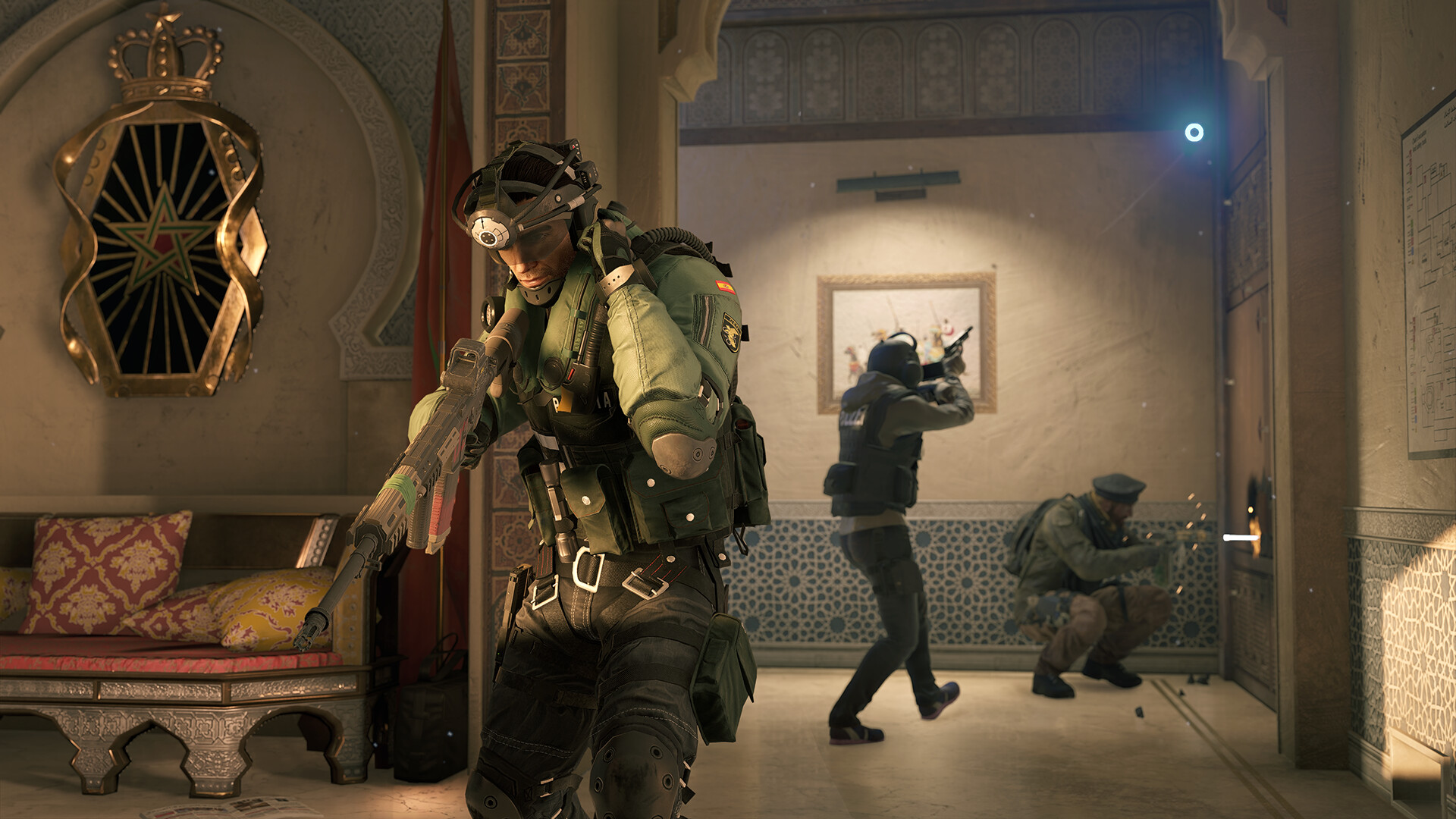
Some of these changes feel gimmicky but fun in that classic Siege way. Red gas pipes will spray gouts of flame when you damage them, denying enemies progress for a precious few seconds until they explode completely and cover the area in fire. Fire extinguishers will burst under gunfire, putting out a cloud of smoke and concussing anyone caught nearby. Metal detectors, long the enemy of stealth for players trying to take the subtle route, can now be smashed or temporarily disabled with EMPs. Rainbow Six Siege is built on weird interactions like this, and as ranked rounds often devolve into cheap tricks or holding the enemy away from the objective for just a few more seconds, I'm excited to see the impact these tweaks will have on how the game feels both to play and when I'm watching competitive matches. Then, of course, there are the technical upgrades too.
I'm least excited by the Overwatch-ish Dual Front mode, which is a 6v6 mode that will allow defenders and attackers to play on the same side and also for players to respawn as they fit over a cascading series of objectives. This could be good, but for me, Siege is about making a plan and executing it with brutal violence. Add respawns and longer engagements, and it feels like a whole other game to me.
Still, there is an exciting change and a total reinvention for a game that was starting to feel long in the tooth after 10 years. But it's unclear what this Siege X rebrand is actually for: new players are still probably going to struggle to come into an established game with ten years of history. A sequel, for better or worse, would have created a fresh playing field and allowed new players to have a way in.

Live service games, we're told, are forever games. You can play them until the end of time if you want. This isn't untrue. I still know how Siege works, and even after having it uninstalled for a couple years I could navigate a round. But if you're coming at it fresh you're going to have to learn a lot about what each operator does to be competitive.
Live service games, then, are time capsules. If you're lucky enough to get in at the start the learning process is gradual. Come in on the game's 10th anniversary and you'll need to learn 74 characters and 26 maps, with some of those maps presumably out of rotation at this point. Fuck that.
Of course, the flip side is that Overwatch 2, an iterative upgrade that billed itself as a sequel, overpromised and ended up instead making one huge unpopular choice (a jump to 5v5 matches over the 6v6 of Overwatch) and doing very little in the way of actual innovation. Overwatch 2 billed itself as a sequel, and then underdelivered on this, upsetting a big chunk of the audience.
Near enough every live service game that has survived so far is hitting this crunch point now. PUBG has recently celebrated its 8th birthday and is currently undergoing an upgrade to Unreal Engine 5, Fortnite has now started semi-regular "OG" seasons letting people play an earlier version of the game with less stuff in it, and Hunt Showdown recently turned into Hunt Showdown: 1896, a name I'm fairly certain no-one will ever use.
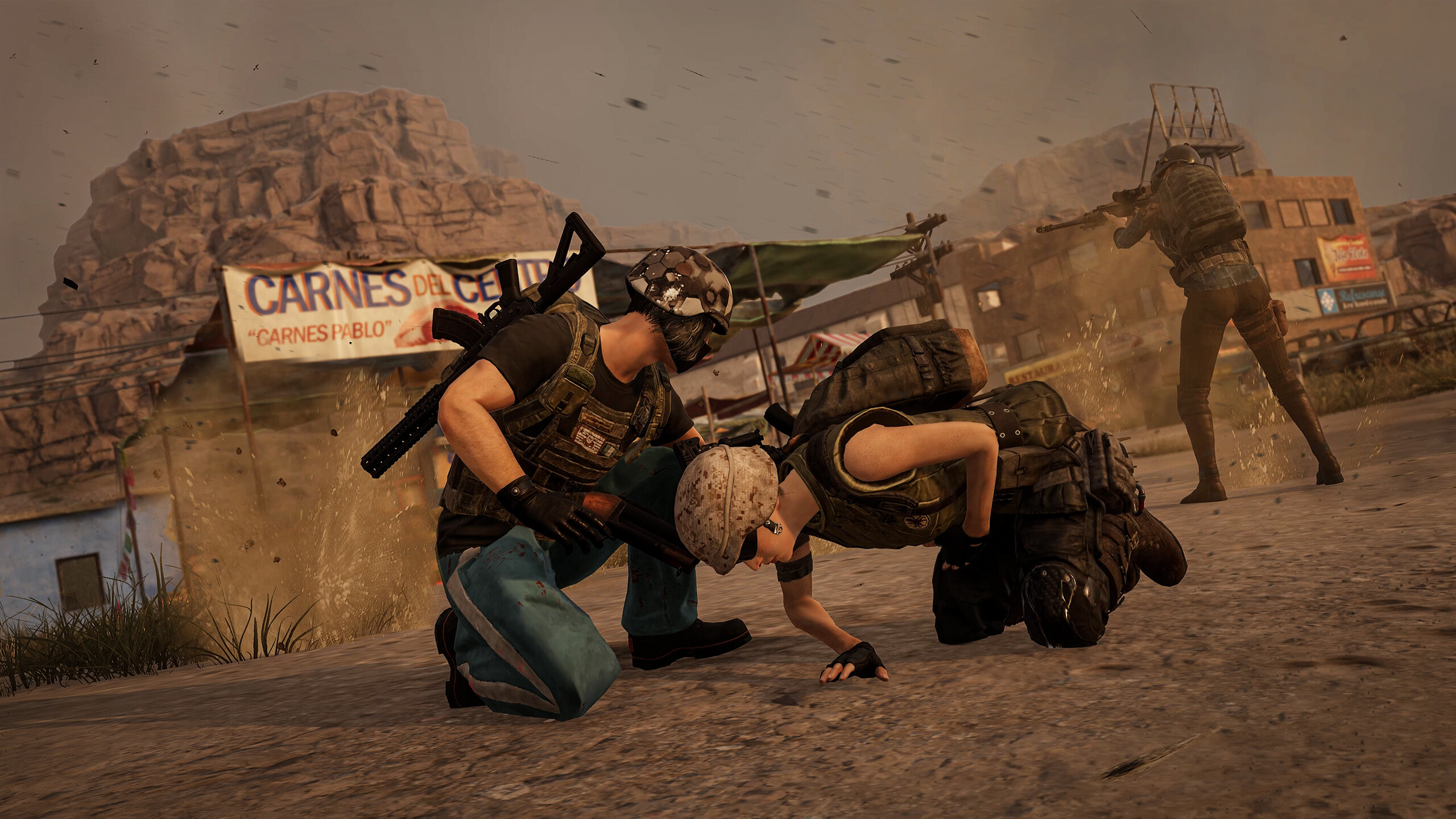
The most successful of these reintroductions, in my opinion, was Counter-Strike 2. This wasn't without its own issues – cut content riled fans up, although reviews are now sat at Mostly Positive.
Personally, I think sequels are a better idea than this half-step reinvention. I don't work in game development, so I know a new game takes huge cash investment but very little more than this. However, I think we've really lost something in the move away from franchises and series. Say what you want about Call of Duty's yearly iterations, but there's a sense of palpable excitement to each release. Don't like the latest Call of Duty? You can just go back and play the last release. Or any of the games.
Back in 2015 I wrote a piece for Vice asking if we were about to live through a lost age of video games. I was woefully underprepared for the decade we were about to have. Each of these live service reinventions wipes out the game that came before it. Don't like Siege X? Tough luck, that's Siege now, for better or worse.
No one has yet found a perfect solution. Everyone wants a successful live service game (see PlayStation's disastrous pivot into Live Service) but I'm not sure that anyone understands what's next. This might seem reasonable, considering we've only moved away from the standard boxed model for video games in the last few years, but it's hard not to feel a little grumpy about what we're losing along the way. Which is, well, a decade of multiplayer video games.
Gibs
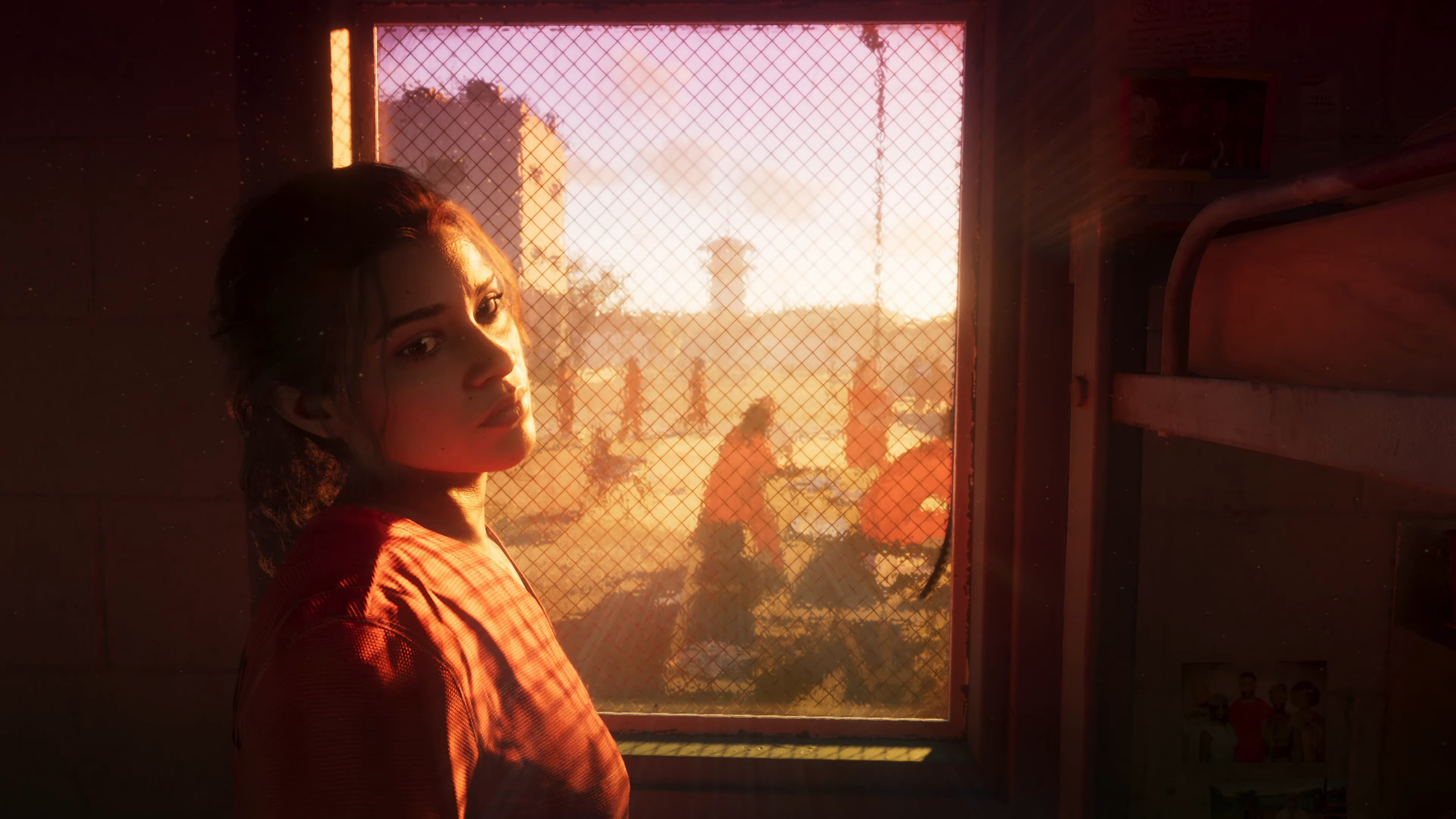
- Everyone is reportedly getting ready to delay their games to avoid GTA 6. I believe it , based on conversations I had at GDC.
- Gunzilla has bought Game Informer and is reopening the magazine with all of the original staff. It's rare to get good news in the industry right now, so I'll take this one. Gunzilla is that blockchain / Web3 game development company that Neill Blomkamp is involved with.
- Saw Kelly Lee Owens a couple of weeks ago, so this track feels like an easy choice.

